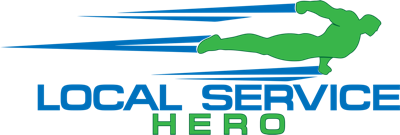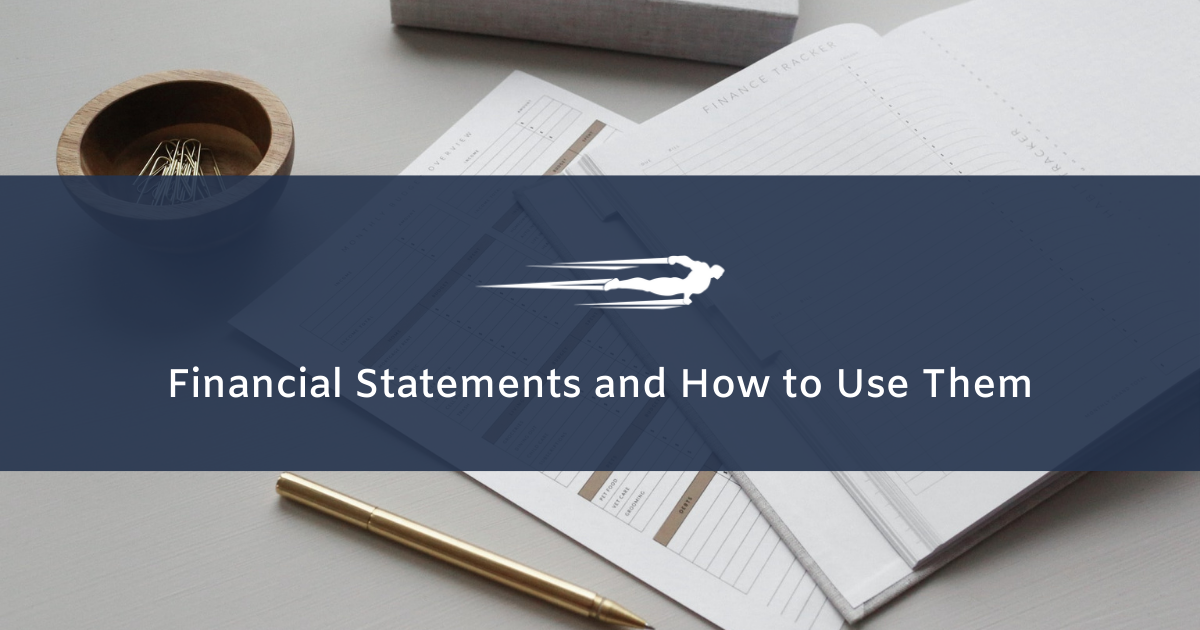Financial statements are formal records of the financial activity of a business, person, or other entity. They are a snapshot of a corporation’s financial health.
They are essential in that they provide information about a company’s revenue, expenses, profitability, and debt.
The three main financial statements are the balance sheet, income statement, and cash flow statement. Let’s dive into each and learn how to use in your business.
Balance Sheet
The balance sheet is a detailed look at assets, liabilities, and if applicable, shareholders equity.
An asset is anything a company or business owns that has value. Some examples of assets would be property, inventory, vehicles, and cash investments. In some cases, trademarks or patents are also included.
All of your assets should be listed in a sheet, with an assigned value.
A liability is an amount owed to others. This includes things like rent, payroll, loans, taxes owed, and obligations to provide goods and services to customers in the future.
All of your liabilities should be listed in a separate column on your sheet, with an assigned cost.
A balance sheet is set up with assets listed on the left side and liabilities on the right.
Assets are usually listed in the order of how quickly they can be converted into cash.
Current assets are assets that are expected to be turned into cash within the next year.
Non-current assets are ones that are not expected to be converted within the year, or ones that would take more than a year to sell.
On the other hand, fixed assets are assets that are used for the day-to-day operations of the business, and are not for sale.
Liabilities are usually listed based on how quickly they are due.
Like assets, current liabilities are ones that will be paid off in the next year.
Likewise, long-term liabilities are ones that will likely to be paid off like a mortgage on a property.
Balance sheets show a snapshot of these things at the end of a reporting period, but not the flow in and out during the period.
Income Statements
An income statement, also called profit and loss statements, shows how much revenue a company earned over a specific period in time. It usually covers a year or a portion of the year, like quarterly.
Income statements also show costs and expenses associated with earning the revenue. The bottom line shows net earnings and losses over that period.
At the top of an income statement, how much was earned in the time period covered is listed. Below that are the deductions ending with the bottom line. The number at the top is the gross revenue.
Net revenue is when returns and allowances are subtracted from the gross revenue.
Several lines are dedicated to operating expenses. Also taken into account are income taxes, interest income and expenses.
At the end of the income statement, one should be able to clearly see whether a company made a profit or lost money.
Cash Flow Statements
Cash flow statements show the inflows and outflows of cash. Where an income statement tells if a company was profitable, a cash flow statement tells if a company generated cash.
This statement shows changes over time, rather than absolute dollar amounts at a given point in time. It utilizes and re-orders information from a company’s balance sheet and income statement.
The cash flow statement shows net increases or decreases in cash for the period represented. It has three main parts: operating activities, investing activities, and financing activities.
Financial statements are essential in that they give one an idea of the health of the business. They are helpful for making smart business decisions, and necessary for getting loans or bringing on investors.
Learning how to read and use them is indispensable for running or investing in a business. Many small business owners make the mistake of thinking they can’t afford to spend the time on learning this and actually doing it. The real question is, can you afford not to?



